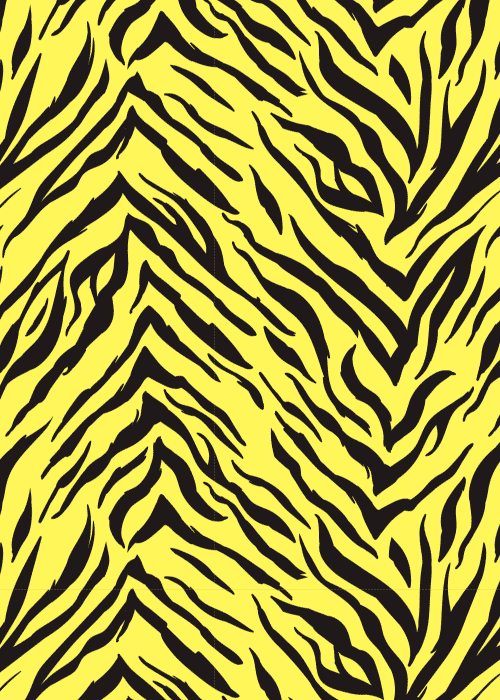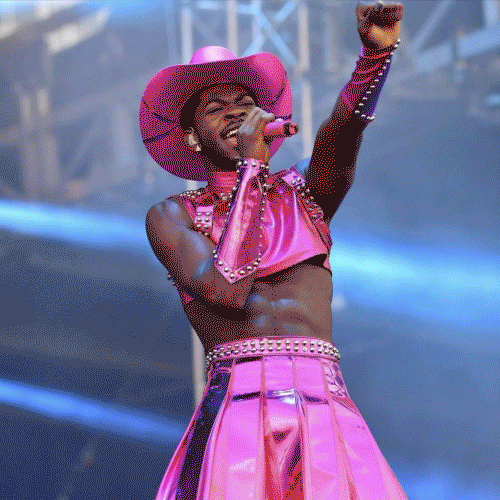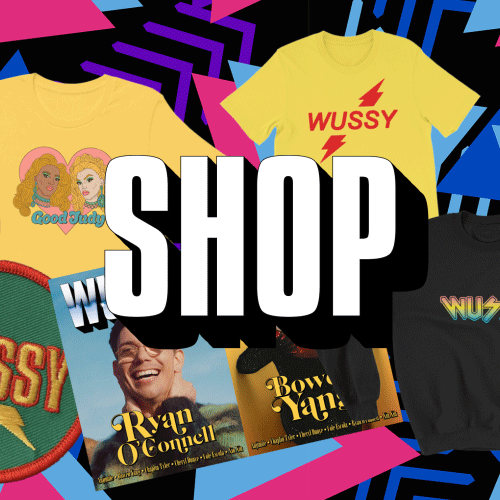Queers on Film: 'Victor/Victoria' and Gender Bending Dandies in Period Pieces
Etymologically noted as a popular descript in the 18th and 19th centuries, Dandies have always been known for their emphasis on fashion and (surprise!) because of the Dandy’s devotion to style, the term sometimes found itself as slang for “homosexual”. Though probably germinated in Rococo times, revived candy-toned versions found their way into the Swinging Sixties, slight peacocking, but most certainly code to other queers regarding more than a taste in dress. It’s no wonder that disco-era glam rockers borrowed silhouettes from the bygone eras of frilly suits and bedazzled them to new sparkly androgynous heights.
Many gay film depictions laid in the land of the Dandy, its last commonalities seen in the tuxedos and top hats of the early 1900’s before being abandoned for more simple modern suits. Many are based on novels like E.M. Forster’s Maurice or brink as coming-of-age tales like Another Country. True stories are another territory, too: Wilde (1997) about none other than famous poet Oscar and Total Eclipse (1995), Leonardo DiCaprio as 16-year-old Rimbaud (and a top) who enters a torrential relationship with married poet Paul Verlaine, played by David Thewlis (a.k.a. Remus Lupin in the Harry Potter series). Queer punk director Derek Jarman has always fucked heavy with the gay period piece and snuck in elements of the Dandy spirit in many of his works. Nearly all of these films are by British filmmakers yet goes to show queer culture had been on the rise in Europe, even if many of these relationships were forbidden and hidden.
Importantly though, the Dandy was a gateway persona for many an AFAB, eschewing expectations of the “biological woman” and suiting up into another kind of power all together. Of course, pants today are by no means seen as unacceptable, we do not see jeans as “queering” fashion, but from the pre-Victorian towards flapper fashions, anything “butch” caused quite a stir. The early 1900’s film-making of Germany, from which Marlene Dietrich reigned as an early queer icon for the world, abandoning her country in protest of Hitler, had quite the burlesque comedic pulse. For as few and far between queer films were, even in the decades later, many blunt notations of queerness were the focus of some of the earliest pre-Nazi Berlin movies. Dietrich’s Blue Angel in top hat and garters was repeated over and over, an aesthetic reproduced directly in Cabaret and Rocky Horror, a slice of “double drag” that garnered sex appeal (or wish to become) for everyone. Cis and trans, straight and gay, men and women, it was a fashion that said “fuck the rules, I am everyone and everything, I will attract all of you and make you question what you are”.
WUSSY recommends three inspired pieces of this ilk in strictly queer-focused films spanning three decades at exactly 10 years apart.
VICTOR/VICTORIA, 1982
No strangers to drag, in 1933 Germany, a little film called Viktor und Viktoria was made, and revived 50 years later post-disco as a classic musical starring Julie Andrews in the title role, followed the same original plot. Challenging themes of gender and sexuality, as it goes Victoria can’t get a job as a singer, is homeless, wanted by the police. Taken under the wing of seasoned gay entertainer, Toddy, who convinces her to leave behind her identity and go incognito as Toddy’s gay lover, Victoria becomes Victor. Victor performs as a drag queen, “pretending to be a man pretending to be a woman” and becomes a great success. Throw in a straight cis man who is devilishly attracted to Victor and you have comedic gold in the making. The real love story is the platonic best friendship between a straight cis woman and gay cis man protecting each other from the heartaches and hardships of the world but the embodiment of gender play throughout is delightful. Victor/Victoria is certainly before its time and answers the great Ru debates of who can and who can not be a drag queen long before there even was a Ru (answer: anyone can be a drag queen, drag is not just for cis gay men). We will not give away much more before our screening of this musical gem at The Plaza on Monday August 19th in conjunction with Out On Film, but be prepared to see delish representation of the historical gay nightlife in Art Deco encrusted 1930’s Paris.
ORLANDO, 1992
Any rendition or creative retelling of Virginia Woolf is always intriguing, as many film buffs have at least considered The Hours as a queer masterpiece. As one of the more exemplery explorations of queerness in the writer’s repertoire (inspired by Woolf’s own lesbian lover, Vita Sacksville-West), Orlando as a film is a gender-fluid portrait of ‘90s independent art house and its witty and beautiful as a period piece. Its gorgeous cinematography opens to the legendary Quentin Crisp playing the role of Queen Elizabeth, a perfect introduction to the quirky whirlwind of romantic crux and adventure within this tale. Sad-eyed and sometimes gullible Orlando lives centuries and eventually transforms from male to female, the book itself prime literature in transgender university studies for decades. Tilda Swinton’s portrayal of the main character is wondrous and extra queer points for Jimmy Somerville of Bronski Beat appearing in Renaissance wear and providing his angelic voice to multiple music compositions. This picturesque Sally Potter film is highly recommended to the Peter Greenaway period piece lover and definitely to the hardcore Swinton fan.
TIPPING THE VELVET, 2002
Victorian set BBC series following Nan’s journey through self-discovery of what at first seems to be lesbian identity starting with exposure to the crews of Vaudeville, of course, to the throes of anarchist activism. The debut novel by Sarah Waters is set up as half historical fiction with much commentary on class and social issues, heavily based in erotica, and the BBC series followed the book as much as the network would allow (i.e. wooden dildos taking place in the plot was a major debate amongst the BBC team). There is a main focus also on gender fluidity throughout the novel and the TV depictions (see “Tipping the History: Gender Performance and Costumes...” by Michaela Weiss), notably a segment in which the main character portrays a young male prostitute in order to financially survive in the streets of London. The same year the BBC series was released, Waters penned The Fingersmith, a novel which later became the basis for the amazing 2016 Korean-Japanese film, The Handmaiden, hands down one of the best queer period pieces ever made. The Handmaiden also had a touch of incognito gender bending but was more centralized on sexism and toxic masculinity as the antagonist against a blossoming lesbian relationship.
Queers On Film is a series in conjunction with Out On Film and Plaza Atlanta.
Archive
- September 2025
- August 2025
- May 2025
- February 2025
- November 2024
- October 2024
- September 2024
- August 2024
- July 2024
- June 2024
- May 2024
- April 2024
- October 2023
- July 2023
- June 2023
- May 2023
- April 2023
- March 2023
- February 2023
- June 2022
- April 2022
- March 2022
- January 2022
- December 2021
- October 2021
- September 2021
- August 2021
- July 2021
- June 2021
- May 2021
- April 2021
- March 2021
- February 2021
- January 2021
- December 2020
- October 2020
- September 2020
- August 2020
- July 2020
- June 2020
- May 2020
- April 2020
- March 2020
- February 2020
- January 2020
- December 2019
- November 2019
- October 2019
- September 2019
- August 2019
- July 2019
- June 2019
- May 2019
- April 2019
- March 2019
- February 2019
- January 2019
- December 2018
- November 2018
- October 2018
- September 2018
- August 2018
- July 2018
- June 2018
- May 2018
- April 2018
- March 2018
- February 2018
- January 2018
- December 2017
- November 2017
- October 2017
- September 2017
- August 2017
- July 2017
- June 2017
- May 2017
- April 2017
- March 2017
- February 2017
- January 2017
- December 2015
- November 2015
- October 2015
- September 2015
- August 2015
- July 2015
- June 2015
- May 2015
- April 2015











